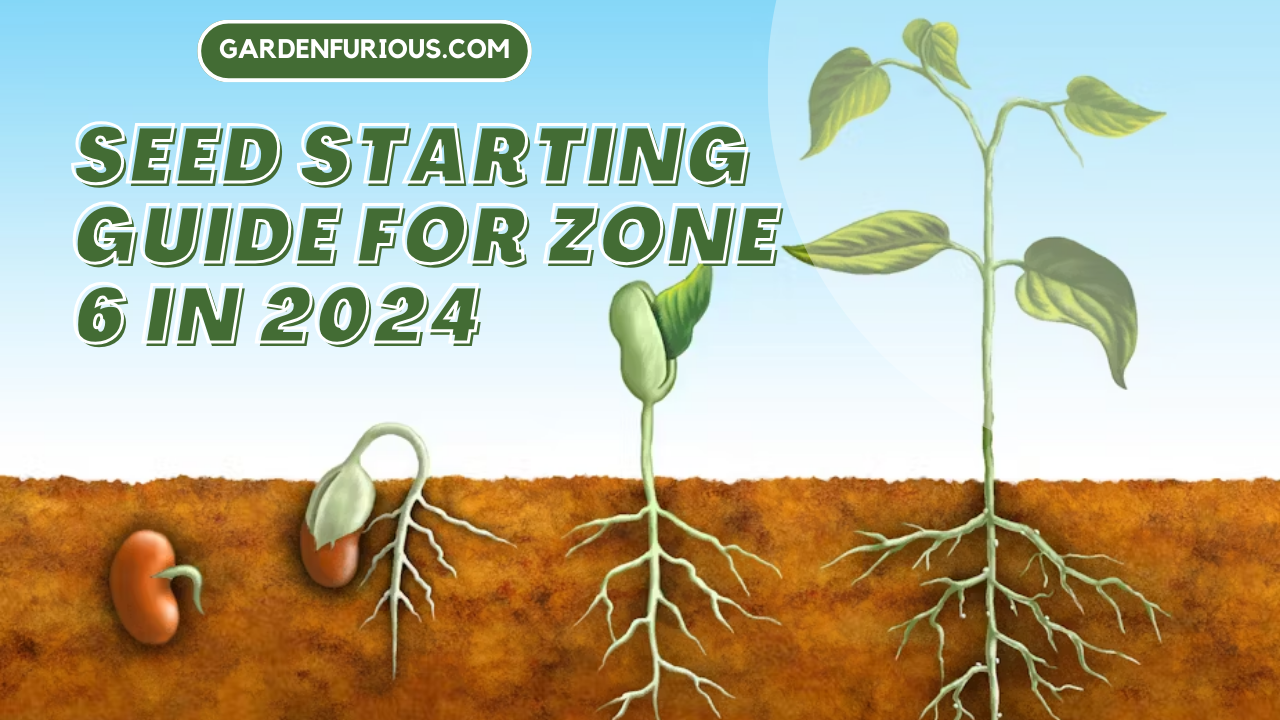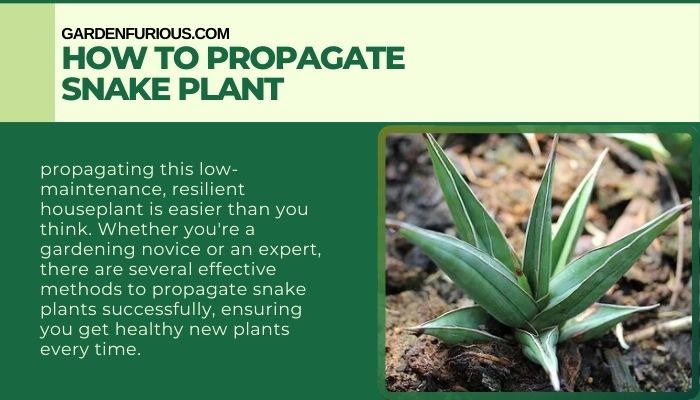Starting seeds in USDA Zone 6 requires careful planning to take full advantage of the growing season. With a last frost date ranging from late April to mid-May and a first frost date from late September to early October, the frost-free season in Zone 6 spans roughly 150 to 170 days. This guide will help you navigate the best practices for seed starting, ensuring a productive and rewarding garden.
Understanding Zone 6: The Basics
Zone 6 experiences a wide range of temperatures, making it a versatile but somewhat challenging region for gardeners. The average minimum temperature in Zone 6 is between -10°F and 0°F, meaning some plants may need extra protection during unexpected cold snaps. Knowing your frost dates is crucial, as they dictate the timing for starting seeds and transplanting seedlings.
Timing is Everything: When to Start Your Seeds
The timing for seed starting in Zone 6 varies depending on the plant. Generally, you’ll want to start seeds indoors about six to eight weeks before your last expected frost date. Here’s a breakdown of when to start some common vegetables:
- Broccoli and Cabbage: Start seeds indoors between March 1 and April 15.
- Tomatoes and Peppers: Begin indoors between March 15 and April 15.
- Lettuce and Spinach: Start indoors from February 15 to March 15 for a spring harvest.
- Eggplant: Begin seeds indoors around March 15.
- Cucumbers and Melons: Start these indoors in early April to mid-May.
Once your seeds have sprouted and grown into sturdy seedlings, you’ll need to harden them off—a process where you gradually expose them to outdoor conditions to prepare them for transplanting.
How to Start Seeds Indoors
Seed starting indoors gives you a head start on the growing season, especially for plants that need a longer time to mature. Here are some key steps:
- Choose the Right Containers: Use seed trays or pots with good drainage. Peat pots are great for plants that don’t like their roots disturbed during transplanting, such as cucumbers and melons.
- Select the Best Soil: Use a seed-starting mix, which is lighter and allows for better root development than garden soil.
- Planting Depth and Spacing: Follow the instructions on your seed packet for the correct depth and spacing. A general rule is to plant seeds at a depth of two to three times their width.
- Watering: Keep the soil moist but not waterlogged. Use a spray bottle to mist the soil gently, ensuring it stays evenly moist.
- Lighting: Provide ample light by placing your seedlings near a sunny window or using grow lights. Seedlings need about 12-16 hours of light each day.
- Temperature: Keep the room temperature between 65°F and 75°F for optimal germination.
Transplanting Outdoors
Once your seedlings are hardened off and the risk of frost has passed, it’s time to transplant them outdoors. Pay attention to the following:
- Soil Preparation: Before transplanting, make sure your soil is rich in organic matter. Add compost or well-rotted manure to improve soil fertility.
- Spacing: Follow the spacing recommendations on your seed packets to prevent overcrowding. Overcrowded plants compete for nutrients and are more susceptible to diseases.
- Watering: Water your seedlings immediately after transplanting and continue to water them regularly to help them establish roots.
Direct Sowing: When and What to Plant
Not all seeds need to be started indoors. Some plants do better when direct sown into the garden soil. Here’s a guide to direct sowing in Zone 6:
- Root Vegetables: Carrots, beets, and radishes can be sown directly outdoors in early April.
- Leafy Greens: Arugula, lettuce, and spinach can be direct sown from early April to early June for a continuous harvest.
- Beans and Peas: Sow these directly outdoors from May through July.
For succession planting, sow seeds every two to three weeks to ensure a continuous harvest throughout the growing season.
Extending the Season: Fall Planting Tips
In Zone 6, you can also enjoy a fall harvest by planting cool-weather crops in late summer. Start seeds for crops like kale, broccoli, and carrots in mid-July to early August. The goal is to have these plants mature before the first frost. Cooler temperatures in the fall can enhance the flavors of certain vegetables, making them sweeter and more enjoyable.
Common Seed-Starting Problems and Solutions
Even seasoned gardeners can face challenges when starting seeds. Here are some common issues and how to address them:
- Damping Off: This fungal disease causes seedlings to rot at the base and collapse. Prevent it by ensuring good air circulation and avoiding overwatering.
- Leggy Seedlings: This occurs when seedlings don’t receive enough light, causing them to stretch out and become weak. Provide adequate light and keep grow lights close to the seedlings.
- Slow Germination: If seeds are slow to sprout, they may be too cold. Ensure your soil temperature is suitable for the type of seed you’re planting.
Frequently Asked Questions
Q: When should I start seeds indoors in Zone 6?
A: Start seeds indoors about six to eight weeks before the last expected frost date. For most of Zone 6, this means starting seeds between early March and mid-April.
Q: Can I direct sow all my seeds in Zone 6?
A: While some seeds, like root vegetables and leafy greens, do well when direct sown, others, like tomatoes and peppers, benefit from being started indoors.
Q: How do I protect my seedlings from late frosts?
A: Use row covers or cloches to protect your seedlings from unexpected cold snaps. Be ready to cover plants if frost is predicted.
Q: Is it possible to have a fall garden in Zone 6?
A: Absolutely! Start your fall garden in mid to late summer by planting cool-weather crops like kale, broccoli, and carrots. These can mature before the first frost and even improve in flavor as the weather cools.



